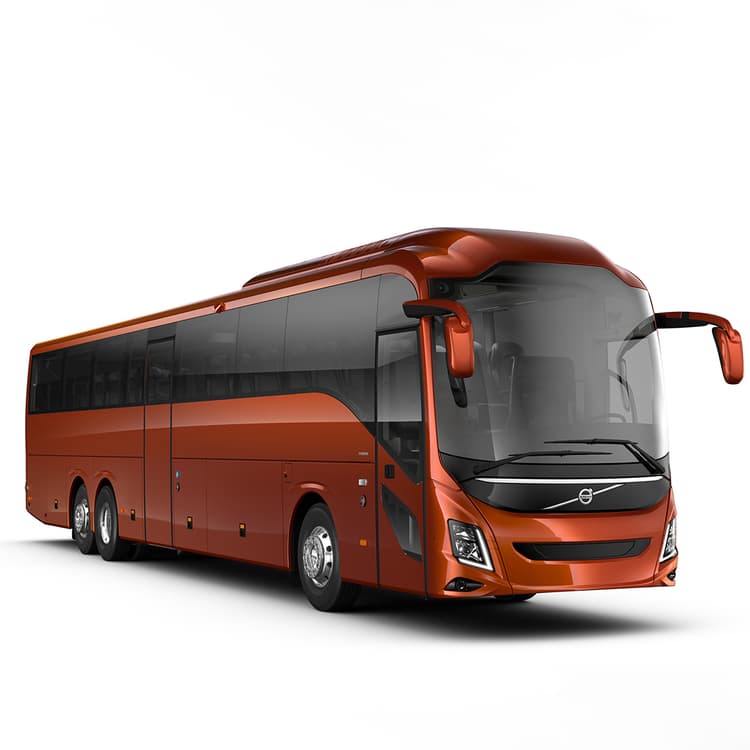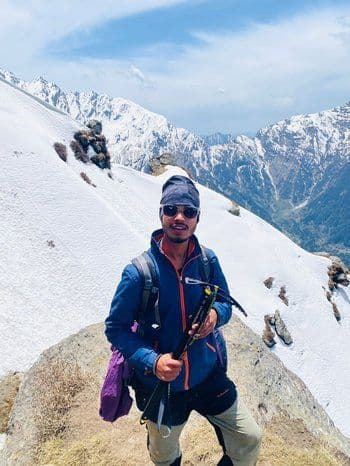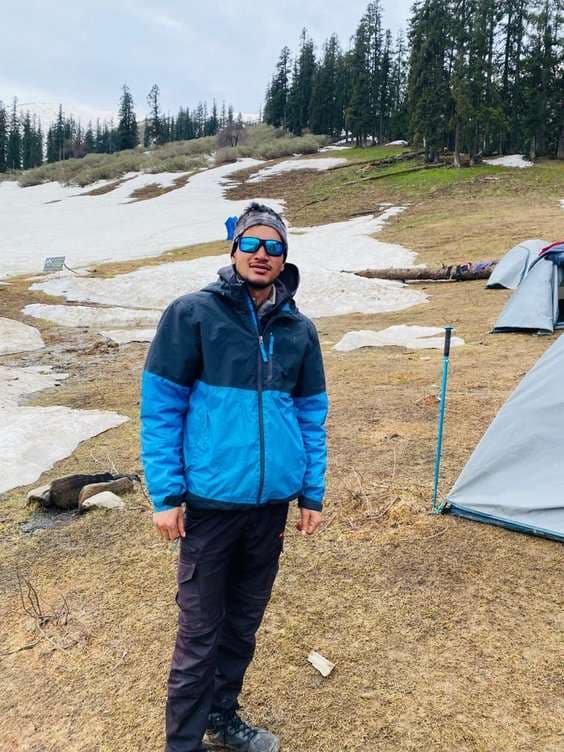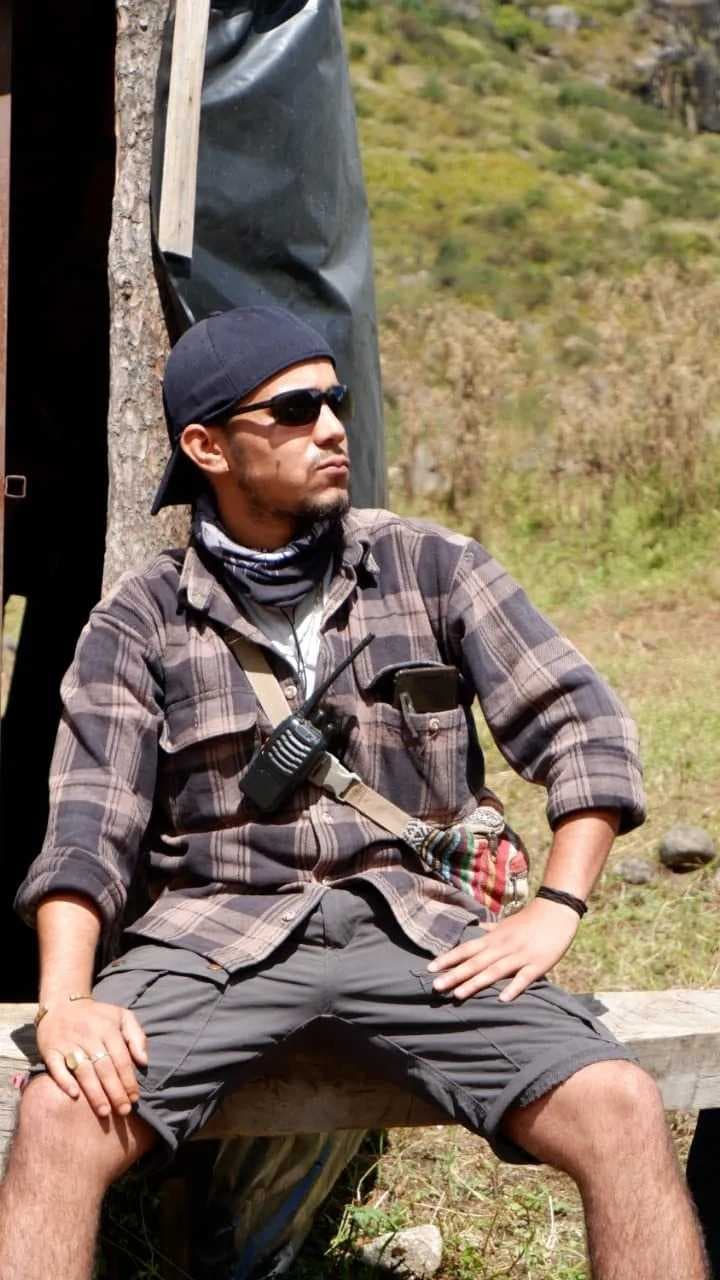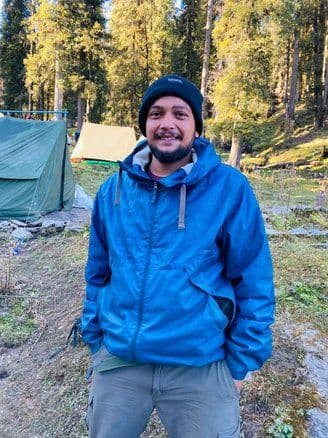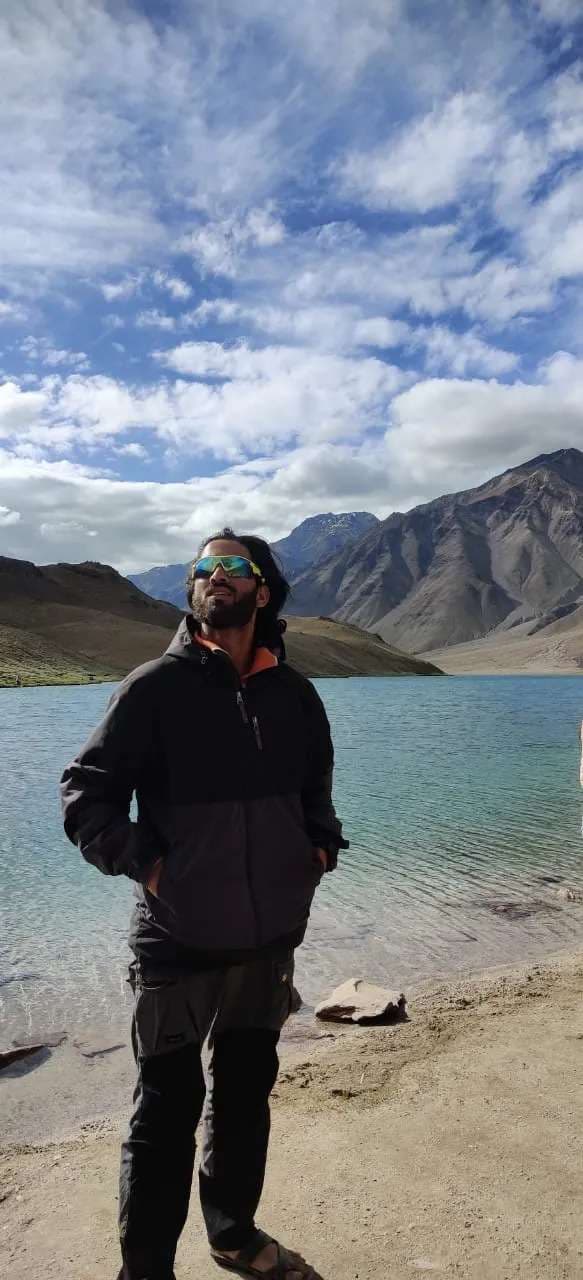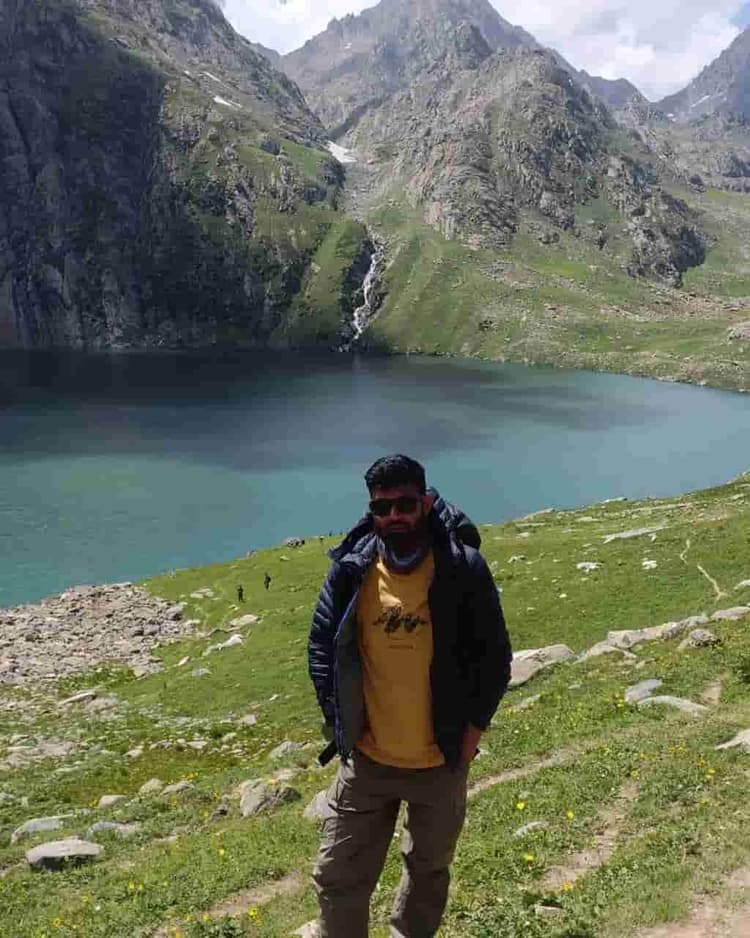The Hampta Pass Trek is in the Kullu district of Himachal Pradesh, and the highest altitude of the trek is 14,100 feet in the Pir Panjal range. This is one of the most famous trek, where you get to see the valley of Kullu, the desert-like landscape of Lahaul, snow-clad peaks, and lakes. This is a visual delight, particularly during the monsoon season, and the visual treat between the green Kullu Valley and the desert-like Lahaul Valley along the trek. It's perfect for adventure lovers and nature lovers.
On this trek, you get to experience the meeting of three passes, Hampta Pass, Rohtang Pass, and Spiti, and you can also connect Buddhist culture and the way of life of the remote Himalayan villages. The people of Sethan are originally Tibet and Spiti Valley migrants, and you will get to see their unique culture and practices.
Hampta Pass is a wonderful experience for nature lovers because every bend along the trek manifests a different landscape, and there would be the added thrill of taking them to the peak of a dramatic pass as in any other adventure. Hampta Pass Trek will allow you to experience 4 to 5 days of diverse landscapes with beautiful mountain views.
Why Choose Hampta Pass Trek?
Hampta Pass is located in Pir Panjal in the range of the Himalayas which rises about 14,100 ft. So, there is a lot to see on the trek: glaciers, swishing streams, and challenging terrains. In many ways, it is a wonderful trek that needs to be on your bucket list.
The trek starts from Jobra, Himachal Pradesh, and beautifully describes the natural beauty of Himachal on its way. Starting with a trek from Jobra through pine, maple, and birches-Chika, there are endless meadows and lush Greenland. On your way to Balu ka Ghera, you cross multitude-tinted rhododendron forests and carpets of wildflowers, then crossways rocky hills and shallow lakes into Hampta Pass with the Pir Panjal Range's bright beauty visible from the gateway of the pass. From a height, an incredible display of mountain views flings into the valleys below. The lovely trail continues with a descent to Shea Goru, which is the most trying part of the trek because here, the descent is steep along a rocky and narrow pathway.
The final treasure at the end of the trek is Chandratal Lake. A glacial lake has beautifully settled itself between the peaks of Pir Panjal at an altitude of 4250m. The lake water keeps changing colours throughout the day. From Chhatru, it's a short drive to Chandratal Lake. After spending some time at Chandratal, you will return to Chhatru, and the following day, you will drive back to Manali.
Best Time to visit Hampta Pass Trek
The trek of Hampta Pass in Himachal Pradesh is one among the few such treks, which are loved very much for the sights of different landscapes and views of the Himalayan Range. The best season is important to make the trek experience complete in itself, and considering the Hampta Pass Trek altitude, proper preparation is essential for a safe and enjoyable journey.
Hampta Pass trek June:
Daytime temperature: 15 °C and 20 °C, whereas, in the night, it will dip down to around 1 °C
Snow: Interestingly, patches of snow may be found on the ground despite the summertime. Balu Ka Ghera and just above it will be snow-packed.
Number. of warm layers required: 3 warm layers
Trekkers expect good snow starting just after the Balu Ka Ghera camp, almost to the pass. Snow will be met with hugs while descending into Lahaul. Snow thickness goes up from one side to the other. More snow patches along the stretch until Shea Goru would not come as a surprise.
The snow in the valley is still present due to the narrowing of the Hampta Pass, which prevents direct sun rays from melting away the snow. The snow depth is pretty good.
Mid-July - August:
Daytime: During the day, it ranges from 15 °C to 20 °C | At night, it descends into the range of 1 °C to 5 °C.
Presence of snow: The snow starts melting as we enter July. In August, the majority of snow melts except for some patches near Hampta Pass.
Number. of warm layers required: 3 warm layers
In July, the snow starts melting rapidly, but it remains in good patches on the higher reaches of the pass. But different magic begins unfolding from mid-July onward.
The valley gets its first monsoon showers. The process continues with wildflowers covered all over this green belt on the Kullu side. At times, the trekkers can find themselves within such an area on both sides of the trail.
Mid-July to the end of August is the favourite time for trekking; Hampta Pass is at its peak during this period. Grasslands flow with vibrant greens. The slopes rise alive with swaying wildflowers. On the other end, the skies are mostly cloudy, though. The rains last until the middle of September.
September:
Day time: Between 12 °C and 15 °C | Night time: Becoming colder, dipping within the levels of 0 °C and 3 °C.
Presence of snow: There will be no snow on this trail in September.
Number of warm layers needed: 4 warm layers.
After mid-September starts, skies clear up, and the early autumn colours hit the slopes. The Hampta Pass is at is most breathtaking. Sunrises and sunsets shine brightly against the backdrop of towering, snow-clad mountains and deep blue skies. The trek is at its picture-perfect.
If you are planning for the Hampta Pass Trek and are going to travel soon, June through September is the best time for questions and the ideal option for complete viewing capabilities on clear days.
How to Reach Manali
Manali is nicely connected by air, train, and road transport. This implies that it is easy to reach here. The flight would take you directly from Delhi to Chandigarh. Bhuntar Airport is the nearest domestic airport to Manali, approximately 50 kilometres away. A taxi or cab ride from Bhuntar would take you approximately 2 hours to Manali. Indira Gandhi International Airport, Delhi, is the nearest international airport. From there, one can either reach Bhuntar by domestic flight or by driving down to Manali.
By Train: Manali itself is not directly linked by train; the closest railway stations are Pathankot and Joginder Nagar, and the journey to Manali would take about 4-5 hours by bus, taxi, or cab from those stations.
By Road: Manali would be linked to bigger cities such as Chandigarh, Ambala, and Delhi.
The remaining alternative routes to travel to Manali are the Chandigarh and Delhi bus stations, with bus transportation to the city taking around 12 to 14 hours.
Volvo buses are present to go from Kashmere Gate, Majnu Ka Tila, and R.K. Ashram in Delhi. Himachal Pradesh government buses run from Kashmiri Gate. The trekker has to know the Hampta Pass trek route first So; it becomes very easy to go to Manali and become travel-ready for trekking in Hampta Pass Trek, which is a total trekking distance of around 30 kilometres and goes through very stunning and high mountain ranges in the trek.
Hampta Pass Trek Difficulty Level
The Hampta Pass Trek is one of those treks that is pure magic in a huge canvas of snow-clad peaks, green valleys, and calm landscapes. Moderate difficulty and a good state of health are essential.
The trek rises to a height of 4270 m (14,100 ft), averaging about 30 km in four days. With the ground being rocky and steep and all kinds of ups and downs, this trek is a heavy one.
For the most part, the hike through the valley is easy. However, the terrain becomes more challenging as you get closer to the pass. Be prepared for the long walk of almost 9 hours.
The Hampta Pass Trek difficulty is a manageable undertaking, thus becoming a rewarding experience for mountain-loving trekkers!
How to Prepare for the Hampta Pass Trek
Cardio Training
Engage in suitable physical activity like running, swimming, or cycling for around 30-45 minutes every day to invest the body as a sports person.
Strength Training
Squats and lunges strengthen the muscles of the legs, thereby preparing them for climbing.
Perform planking and core exercises aimed at improving balance and stability.
Flexibility
Practice yoga to bring about flexibility and alleviation of muscle stiffness.
Include Dynamic stretching before the exercise session to prevent cramps.
Altitude Acclimatization
Arrive a day early to help your body adjust to lower oxygen levels.
Take short hikes before the trek to adapt to the altitude.
Hydration & Diet
Drink a minimum of 3 to 4 litres of water each day for hydration. Take a high-protein balanced diet to keep you energized for long.
Safety Considerations During the Hampta Pass Trek
Altitude Sickness: Acclimatization is vital in preventing AMS (Acute Mountain Sickness).
Weather Safety: Pack light by considering the Hampta pass trek temperature and waterproof clothing suitable for extreme conditions.
Trekking in a Group: Solo trekking is dangerous; find a guide or go with a group.
Hydration & Nutrition: Get 3 litres of water into your body each day, and eat energy-giving food.
Contingency Planning: Know the closest way out and plan who you would call for help should an emergency arise.









